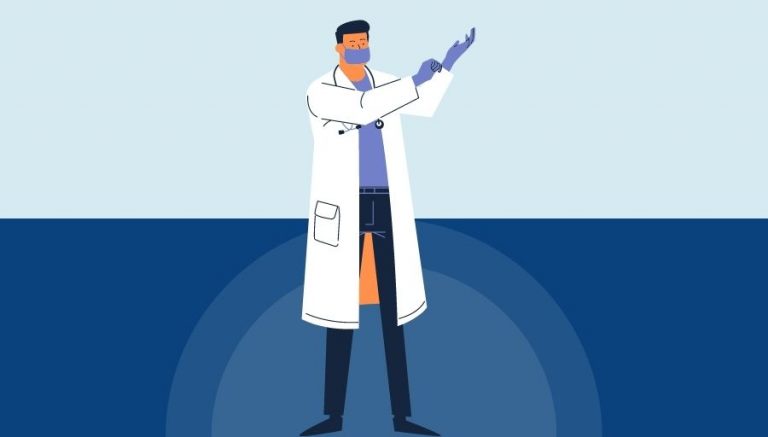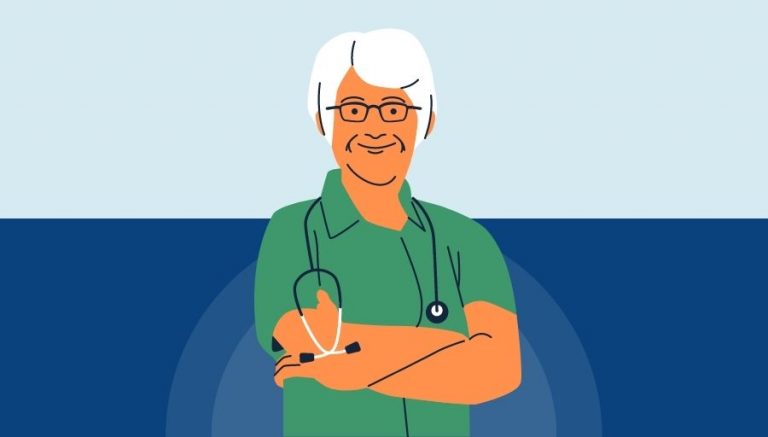How To Use CPT Code 43254
CPT 43254 describes a procedure known as esophagogastroduodenoscopy (EGD) with endoscopic mucosal resection. This article will cover the official description, procedure, qualifying circumstances, appropriate usage, documentation requirements, billing guidelines, historical information and billing examples.
1. What is CPT Code 43254?
CPT 43254 is used to describe a specific procedure called esophagogastroduodenoscopy (EGD) with endoscopic mucosal resection. This procedure involves the use of a flexible endoscope to view the esophagus, stomach, and duodenum. The provider collects tissue samples from the mucosa of these structures using instruments passed through the endoscope.
2. Official Description
The official description of CPT code 43254 is: ‘Esophagogastroduodenoscopy, flexible, transoral; with endoscopic mucosal resection.’ It is important to note that this code should not be reported in conjunction with certain other codes for the same lesion or procedure.
3. Procedure
- The provider administers anesthesia to the patient.
- A flexible endoscope is inserted into the patient’s mouth and passed through the pylorus into the duodenum and/or jejunum.
- The provider inspects the gastrointestinal (GI) tract to locate a lesion.
- If a lesion is identified, the provider performs a submucosal injection to elevate the lesion.
- The provider then uses instruments passed through the endoscope to resect (excise) the lesion.
- Once the procedure is completed, the provider removes the endoscope and any other instruments.
4. Qualifying circumstances
CPT 43254 is typically performed on patients who have a suspected or known lesion in the esophagus, stomach, or duodenum. The procedure is used to collect tissue samples for further examination and diagnosis. It is important to note that this code should not be reported in conjunction with certain other codes for the same lesion or procedure.
5. When to use CPT code 43254
CPT code 43254 should be used when performing an esophagogastroduodenoscopy with endoscopic mucosal resection. It is important to ensure that the procedure meets the specific criteria outlined in the code description. This code should not be reported in conjunction with certain other codes for the same lesion or procedure.
6. Documentation requirements
To support a claim for CPT 43254, the provider must document the following information:
- Patient’s medical history and reason for the procedure
- Details of the procedure, including the use of a flexible endoscope and any additional instruments
- Location and size of the lesion
- Submucosal injection technique used, if applicable
- Any complications or adverse events that occurred during the procedure
- Signature of the performing provider
7. Billing guidelines
When billing for CPT 43254, it is important to ensure that the procedure meets the specific criteria outlined in the code description. This code should not be reported in conjunction with certain other codes for the same lesion or procedure. It is important to review the documentation and guidelines provided by the payer to ensure accurate and appropriate billing.
8. Historical information
CPT 43254 was added to the Current Procedural Terminology system on January 1, 2014. There have been no updates to the code since its addition.
9. Examples
- A gastroenterologist performing an EGD with endoscopic mucosal resection to remove a suspected cancerous lesion in the stomach.
- A patient undergoing an EGD with endoscopic mucosal resection to collect tissue samples for further examination and diagnosis of a suspected esophageal ulcer.
- A provider performing an EGD with endoscopic mucosal resection to remove a large polyp in the duodenum.
- A gastroenterologist using EGD with endoscopic mucosal resection to treat a patient with Barrett’s esophagus and dysplasia.
- A provider performing an EGD with endoscopic mucosal resection to remove a benign lesion in the stomach that is causing symptoms.
- A patient undergoing an EGD with endoscopic mucosal resection to remove a precancerous lesion in the esophagus.
- A gastroenterologist performing an EGD with endoscopic mucosal resection to remove a lesion in the duodenum that is causing gastrointestinal bleeding.
- A provider using EGD with endoscopic mucosal resection to remove a large polyp in the stomach that is causing discomfort and affecting digestion.
- A patient undergoing an EGD with endoscopic mucosal resection to remove a lesion in the esophagus that is causing difficulty swallowing.
- A gastroenterologist performing an EGD with endoscopic mucosal resection to remove a lesion in the duodenum that is causing chronic abdominal pain.



